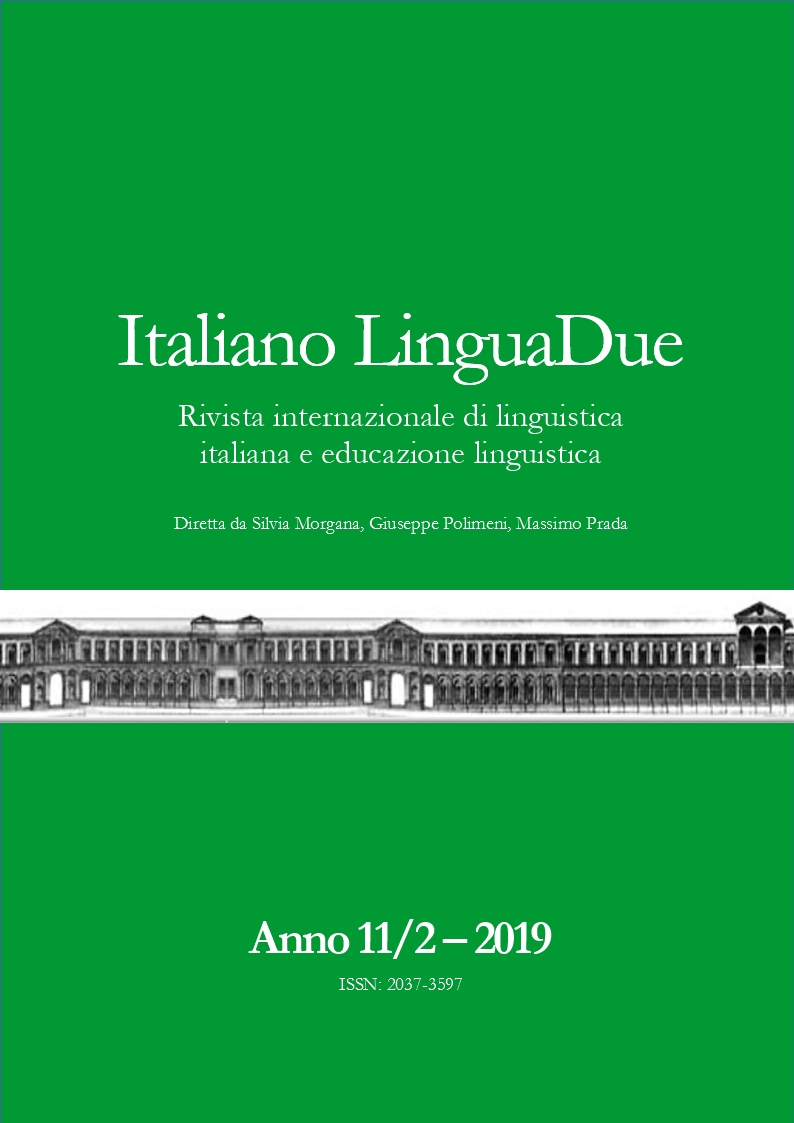IL CONGRESSO DI MILANO FRA SUONO E SEGNO
DOI:
https://doi.org/10.13130/2037-3597/12819Abstract
Il seguente articolo presenta la contrapposizione esistente tra il metodo oralista e il metodo segnico nell’educazione dei sordi in Europa e in Italia a partire dal XVIII secolo. Viene prestata particolare attenzione alle cause dell’esito oralista del Congresso di Milano del 1880 e alla conseguente sottovalutazione della lingua dei segni. Si ricorda poi il ritorno dei segni, grazie alla fondamentale scoperta linguistica dei cheremi (equivalenti dei fonemi in lingua dei segni) da parte del linguista americano William Stokoe, e alla conseguente nuova consapevolezza della loro complessità linguistica. Infine, si presta attenzione alla recentissima produzione poetica in Lingua dei Segni Italiana (LIS) e alla situazione attuale in Italia rispetto al riconoscimento della LIS.
The Congress of Milan between sound and sign
The following article presents the contrast between the oralist method and the sign method in the education of the deaf in Europe and Italy from the 18th century onwards. Particular attention is paid to the causes of the oralist outcome of the 1880 Milan Congress and the consequent underestimation of sign language. The return of signs is also recalled, thanks to the fundamental linguistic discovery of cheremes (equivalent to phonemes in sign language) by the American linguist William Stokoe and the consequent new awareness of their linguistic complexity. Finally, attention is paid to very recent poetic production in Italian Sign Language (LIS) and the current situation in Italy regarding the recognition of LIS.




